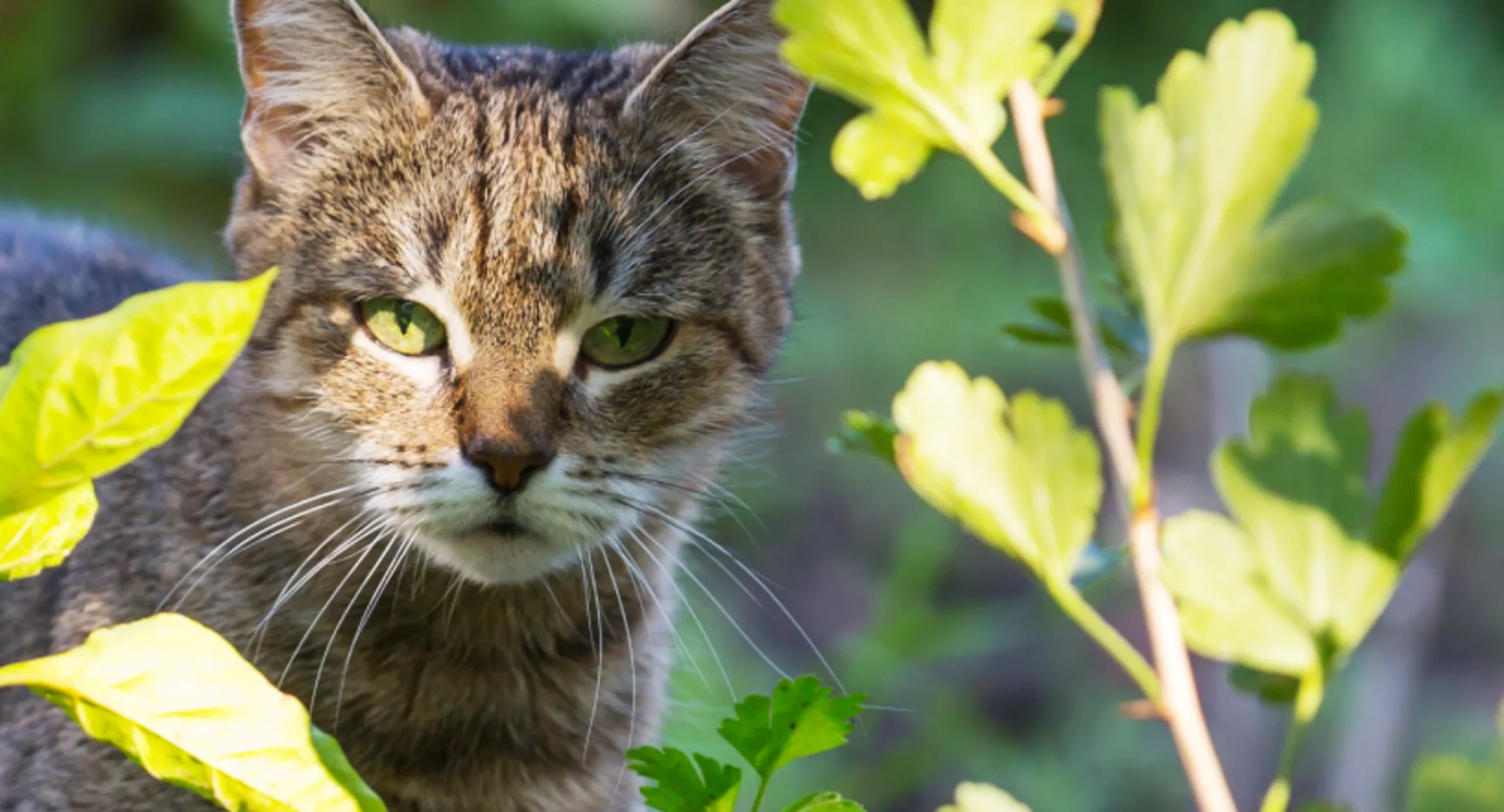Flea Control in Pets
General

Let’s take a few minutes here to talk about fleas, those nasty blood sucking critters that mercilessly cause so many dogs and cats to itch and scratch resulting in, what seems like, an endless stream of cases of skin disease into my office. Fleas don’t discriminate based on breed or gender. They don’t care if you are rich or poor. All they want is your pets’ blood and they view them all as a food source, and in spite of all the advances made in flea control, they don’t appear to be going away any time soon.
When I first started practice in 1990, we had shelves of row after row of flea sprays, powders, shampoos, powders, and home and yard sprays and we battled fleas constantly. In about 1995 Program was introduced into the market as the first “flea pill” and it revolutionized the entire way we went about fighting fleas. For the first time, you would give your dog a pill once a month and the drug in the dog’s system would affect the fleas ability to reproduce and it worked wonderfully. Peoples perceptions of what it took to control fleas changed greatly and over the past 20 years we have gotten a bit, shall we say, lazy about it.
With the topical flea preventatives we have now like Frontline Plus and K9 Advantage, the perception is that if a pet has fleas, all you have to do is put this amazing product on them and, Voila!, the fleas are gone. Not so. Although these products are fantastic, when used properly to prevent flea infestations, once a client comes into my office with a pet that is carrying fleas, we have to have an entirely different conversation.
Often they think that because they are seeing fleas after starting a topical preventative like frontline, then the medication must not be working. Again, not so. To get to the real core of the problem we have to have at least a basic understanding of the fleas life cycle, because the adult flea that you can see is only a small piece of the puzzle. Fleas live in the environment in four distinct stages: adult flea, flea egg, flea larvae and flea pupae. Once an adult flea jumps on your pet, that where it stays. That’s where it feeds, breeds, and lays eggs. Everywhere the pet goes those flea eggs are falling off the pet and into the environment. Those eggs hatch out as a free living larval form that feeds off of organic debris like flea feces and skin flakes. The flea larvae then cocoon themselves like a caterpillar and emerge as an adult flea which immediately jumps onto the next available host. (I often hear, “WE don’t have fleas, I never get bitten!” Your pet has a body temperature several degrees higher than yours. Fleas prefer that and will wait for it. Take your pet out of the house for a month and see how attractive you are to fleas once they are good and hungry. (That’s why lap dogs became so popular in the middle ages)
When a flea treatment appears to be failing it is often because the thousands of pre-adult fleas are still hatching out and jumping on the pet. This is important because it can literally take months for all of the eggs to cycle through and become adults.
So what can be done to shorten that time period? The best tool you have at your disposal is a vacuum cleaner. You have to clean, clean and clean some more. Vacuum everywhere that pet goes. The carpets, rugs, dog beds, sofa, closets, under your bed, (you get the picture). Then throw out the vacuum bag or they can escape. Expect to see fleas on your pet for at least a couple months and change your perception about whether or not it is working. Every pet (and I mean EVERY pet) needs to be on a flea preventative. If there is a food source in the house, then flea eggs will continue to be laid and the cycle will continue. A good commercially available yard spray will help knock down the numbers and focus on the areas that are shady like under trees, under porches and pool decks, sheds, dog houses, and under shrubs. Fleas don’t like bright sun. Finally, not all flea preventatives are equal. In fact, many “over the counter” products available at grocery stores and feed stores are not only ineffective, they can be quite dangerous to your pet. I have even seen fatalities. Fleas are a battle and you have to look at fighting them like it is a war. It’s a war you can win with the right tools and we are happy to provide the tools, information, and personal support and advice to help you win. Your pets will thank you. Or they will bite you and piss on your rug. One or the other. You make the choice.
~ Dr. Randy Eisel
